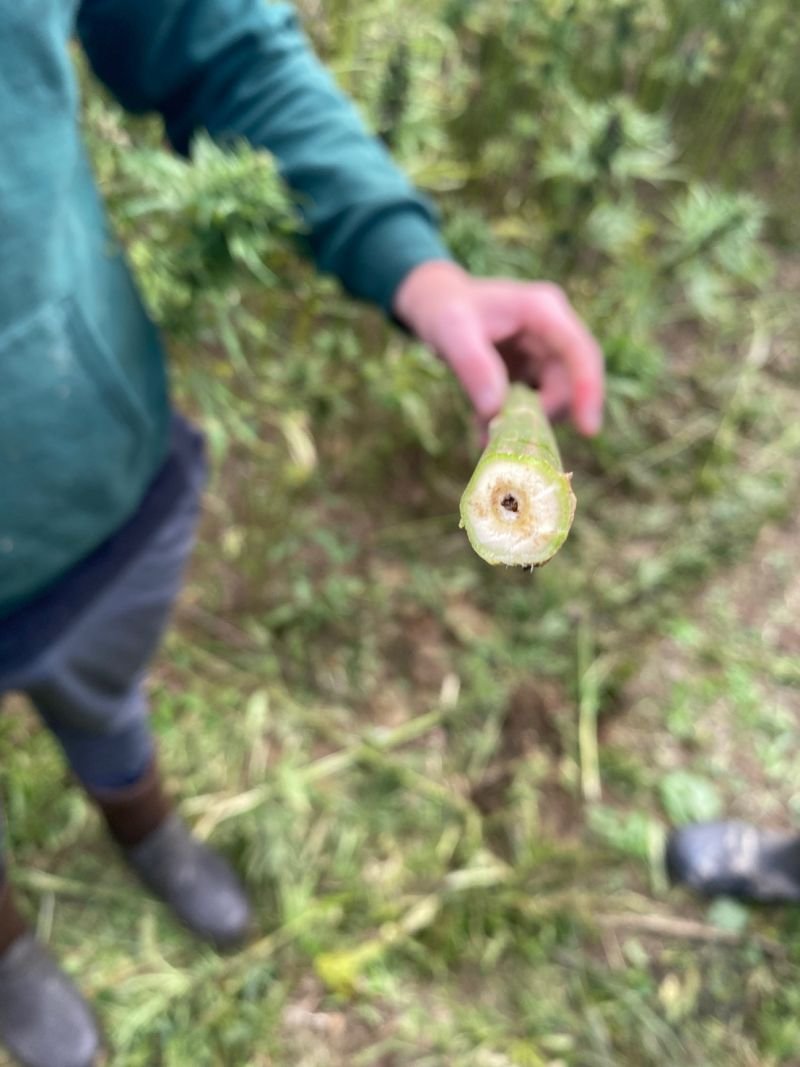Rooted in Design: The Designer’s Role in Soil Regeneration
When we think of healthy soil, we often associate it with food—lush farms, fresh produce, and thriving ecosystems. But so much of what we design and create also begins in the soil. Our woods, textiles, wools, glues, bio-plastics—these materials all have their origins in the earth. And just as importantly, everything we design will ultimately return to the soil at the end of its lifecycle.
But how often do we, as designers, think about our connection to soil?
The Power of Soil in a Thriving Planet
Healthy soil isn’t just the foundation for agriculture—it is a living, breathing ecosystem that plays a crucial role in sustaining life on Earth. It:
Sequesters carbon to help combat climate change
Stores fresh water and regulates moisture in the environment
Reduces pollution by filtering toxins
Prevents erosion and maintains land stability
Supports biodiversity, from microbes to plant life to entire ecosystems
Yet, in the way we currently design and manufacture products, the soil is often an afterthought—if it is considered at all.
The Disconnect in Traditional Manufacturing
As designers, our work is deeply tied to manufacturing. But look at the complex web of production:
We work with manufacturers
Manufacturers source from factories
Factories buy from material suppliers
Suppliers process materials from CO-OPs
CO-OPs buy in bulk from farmers and producers
The soil—the very foundation of these materials—is buried under layers upon layers of supply chains. The disconnect between design and soil is vast, yet its health is critical to building a regenerative future.
What If We Designed for Soil Health?
What if we flipped the system and started with a different premise?
What if, instead of designing just for aesthetics and function, we designed with the goal of improving soil health and increasing biodiversity?
At Common Object Studio, this is the question we are asking ourselves every day.
Untangling the Mess: Our Approach to Regenerative Design
It’s messy. The current systems in place are not built for regenerative design. But we see it as a worthy mess—one that we’re actively working to untangle.
Fernando and I are not soil scientists. We’re not supply chain experts. But we are curious designers, determined to make the connections between design, material sourcing, and ecological health.
Our studio is working with local wool and hemp farmers, experimenting with bio-based materials, and questioning how each decision in our process affects the land. We believe that by starting with the soil and working our way up, we can create objects that are not just sustainable but actively regenerative—products that help rebuild soil health, support ecosystems, and contribute to a thriving planet.
A Call to Designers, Makers, and Thinkers
The design industry has an opportunity—and a responsibility—to rethink the way we create. It’s time to acknowledge our role in the bigger picture and find ways to give back to the land that gives us everything.
If we can create objects that nourish the soil rather than deplete it, we can transform not just the way we design, but the way we live.
Let’s get our hands dirty. Let’s design for a future where every product is a step toward regenerating the Earth.
📌 Follow us for more on regenerative design, material innovation, and sustainability.


